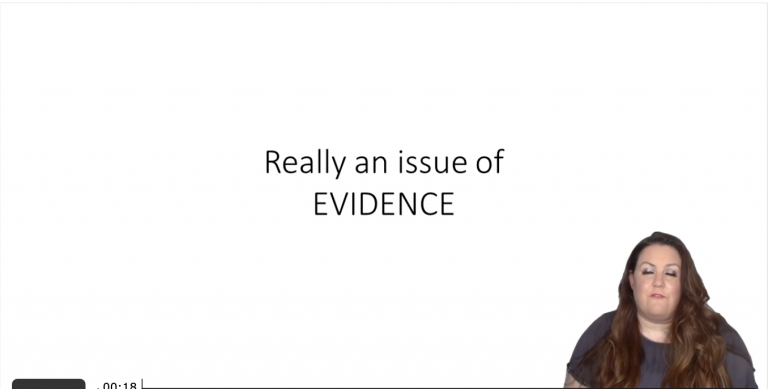SmartBrief
Confirm favorite deletion?
Contracts Keyed to Farnsworth
Hurst v. W.J. Lake & Co.
Citation:
16 P.2d 627Facts
W.J. Lake & Company (“Lake”) (defendant) and Hurst (plaintiff) were both members of a group of traders in horse meat scraps. Lake contracted with Hurst to purchase 350 tons of horse meat scraps. Per the agreement, Lake was to receive a discount of $5.00 a ton if the scraps contained less than 50 percent protein. When Lake received the scraps, the protein on the scraps varied from 49.53 to 49.96 percent. Lake paid only $45 a ton to Hurst, who brought suit to recover the remaining balance. Hurst alleged that Lake was aware of trade usage that “less than 50% protein” required a buyer to accept all scraps containing 49.5 percent protein or more.
Only StudyBuddy Pro offers the complete Case Brief Anatomy*
Access the most important case brief elements for optimal case understanding.
*Case Brief Anatomy includes: Brief Prologue, Complete Case Brief, Brief Epilogue
- The Brief Prologue provides necessary case brief introductory information and includes:
Topic:
Identifies the topic of law and where this case fits within your course outline.Parties:
Identifies the cast of characters involved in the case.Procedural Posture & History:
Shares the case history with how lower courts have ruled on the matter.Case Key Terms, Acts, Doctrines, etc.:
A case specific Legal Term Dictionary.Case Doctrines, Acts, Statutes, Amendments and Treatises:
Identifies and Defines Legal Authority used in this case.
- The Case Brief is the complete case summarized and authored in the traditional Law School I.R.A.C. format. The Pro case brief includes:
Brief Facts:
A Synopsis of the Facts of the case.Rule of Law:
Identifies the Legal Principle the Court used in deciding the case.Facts:
What are the factual circumstances that gave rise to the civil or criminal case? What is the relationship of the Parties that are involved in the case.Issue(s):
Lists the Questions of Law that are raised by the Facts of the case.Holding:
Shares the Court's answer to the legal questions raised in the issue.Concurring / Dissenting Opinions:
Includes valuable concurring or dissenting opinions and their key points.Reasoning and Analysis:
Identifies the chain of argument(s) which led the judges to rule as they did.
- The Brief Prologue closes the case brief with important forward-looking discussion and includes:
Policy:
Identifies the Policy if any that has been established by the case.Court Direction:
Shares where the Court went from here for this case.

 13m 45s
13m 45s